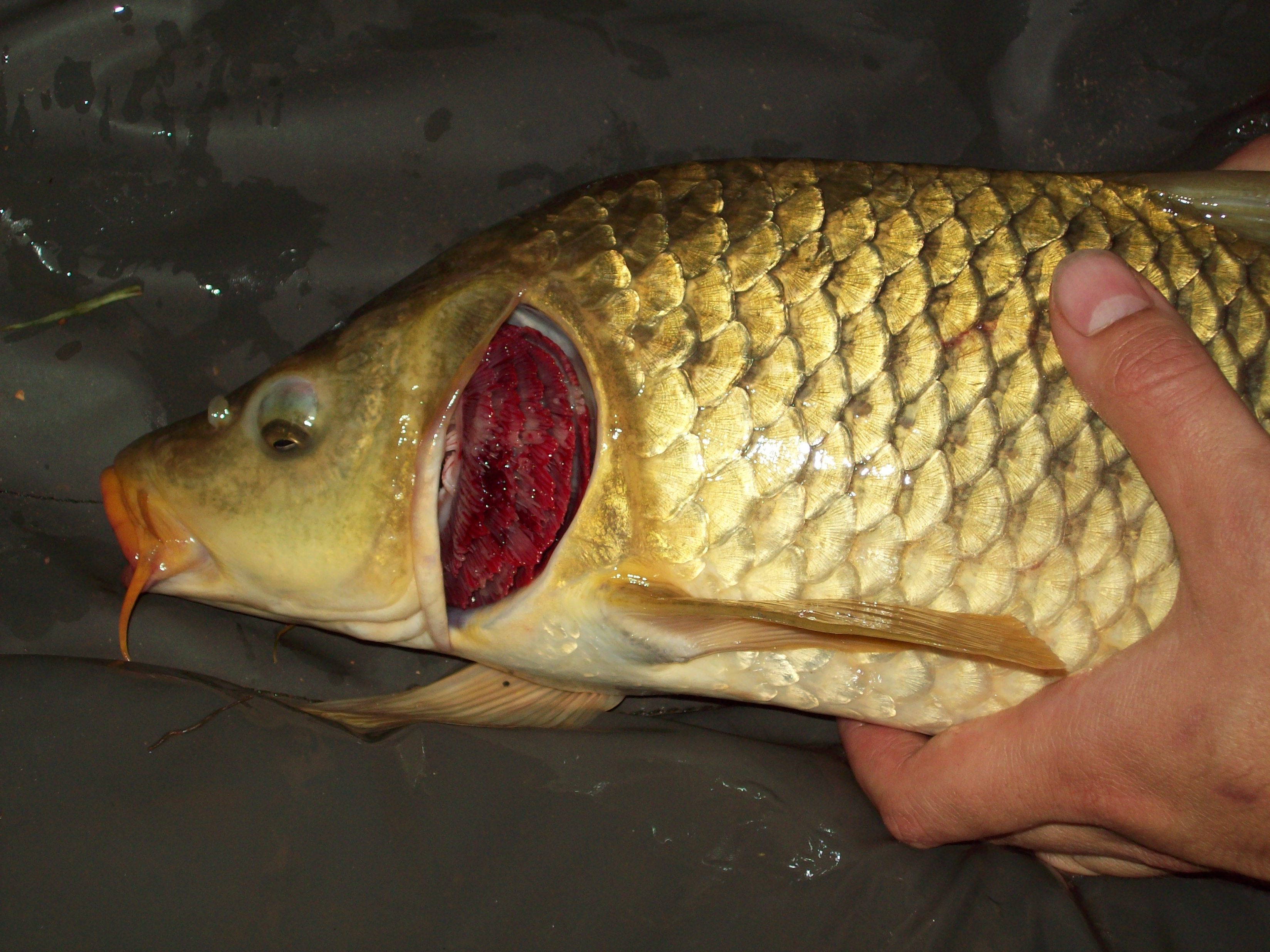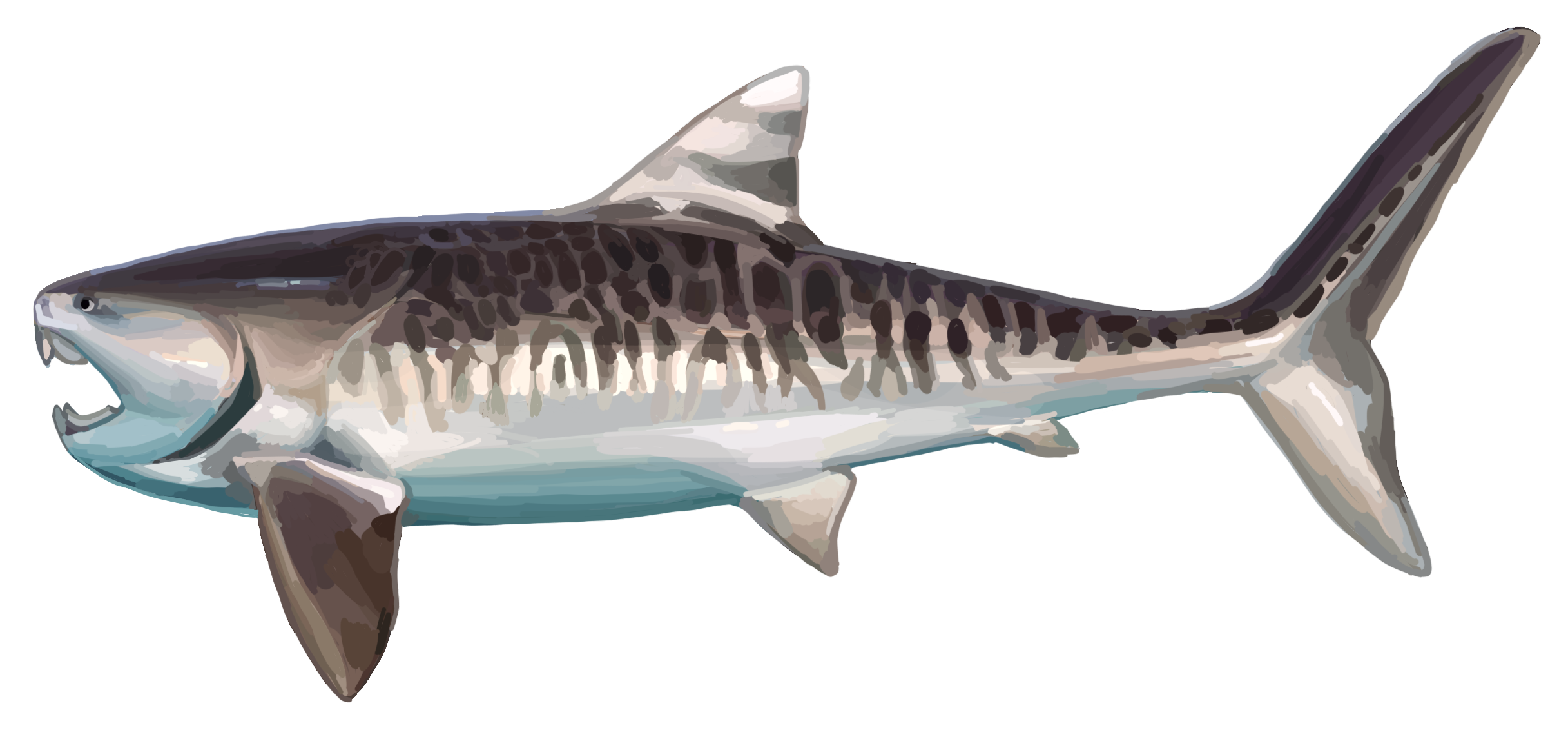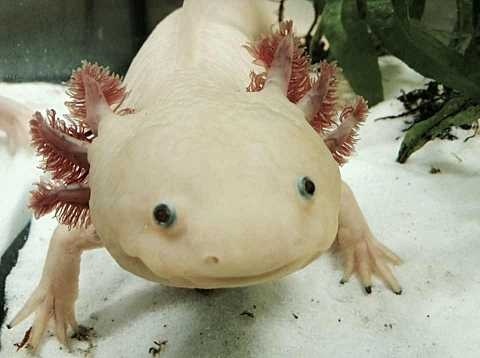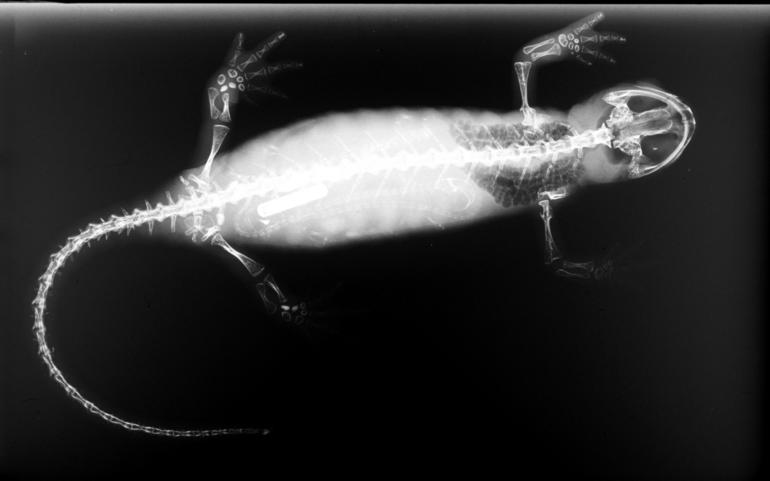|
External Gills
External gills are the gills of an animal, most typically an amphibian, that are exposed to the environment, rather than set inside the pharynx and covered by gill slits, as they are in most fishes. Instead, the respiratory organs are set on a frill of stalks protruding from the sides of an animal's head. This type of gill is most commonly observed on the aquatic larva of most species of salamanders, lungfish, and bichirs (which have only one large pair), and are retained by neotenic adult salamanders and some species of adult lungfish. They are present on non-transforming salamander species, such as most members of the family Proteidae (the olm and mudpuppies) and the family Sirenidae, which naturally never metamorphose into an air-breathing form. The embryos of frogs A frog is any member of a diverse and largely carnivorous group of short-bodied, tailless amphibians composing the order Anura (ανοὐρά, literally ''without tail'' in Ancient Greek). The oldest fossil "pr ... [...More Info...] [...Related Items...] OR: [Wikipedia] [Google] [Baidu] |
Gill
A gill () is a respiratory organ that many aquatic organisms use to extract dissolved oxygen from water and to excrete carbon dioxide. The gills of some species, such as hermit crabs, have adapted to allow respiration on land provided they are kept moist. The microscopic structure of a gill presents a large surface area to the external environment. Branchia (pl. branchiae) is the zoologists' name for gills (from Ancient Greek ). With the exception of some aquatic insects, the filaments and lamellae (folds) contain blood or coelomic fluid, from which gases are exchanged through the thin walls. The blood carries oxygen to other parts of the body. Carbon dioxide passes from the blood through the thin gill tissue into the water. Gills or gill-like organs, located in different parts of the body, are found in various groups of aquatic animals, including mollusks, crustaceans, insects, fish, and amphibians. Semiterrestrial marine animals such as crabs and mudskippers have gill ch ... [...More Info...] [...Related Items...] OR: [Wikipedia] [Google] [Baidu] |
Pharynx
The pharynx (plural: pharynges) is the part of the throat behind the mouth and nasal cavity, and above the oesophagus and trachea (the tubes going down to the stomach and the lungs). It is found in vertebrates and invertebrates, though its structure varies across species. The pharynx carries food and air to the esophagus and larynx respectively. The flap of cartilage called the epiglottis stops food from entering the larynx. In humans, the pharynx is part of the digestive system and the conducting zone of the respiratory system. (The conducting zone—which also includes the nostrils of the nose, the larynx, trachea, bronchi, and bronchioles—filters, warms and moistens air and conducts it into the lungs). The human pharynx is conventionally divided into three sections: the nasopharynx, oropharynx, and laryngopharynx. It is also important in vocalization. In humans, two sets of pharyngeal muscles form the pharynx and determine the shape of its lumen. They are ... [...More Info...] [...Related Items...] OR: [Wikipedia] [Google] [Baidu] |
Gill Slit
Gill slits are individual openings to gills, i.e., multiple gill arches, which lack a single outer cover. Such gills are characteristic of cartilaginous fish such as sharks and rays, as well as deep-branching vertebrates such as lampreys. In contrast, bony fishes have a single outer bony gill covering called an operculum. Most sharks and rays have five pairs of gill slits, but a few species have 6 or 7 pairs. Shark gill slits lie in a row behind the head. The anterior edge of a gill slit is motile, moving outward to allow water to exit, but closing to prevent reverse flow. A modified slit, called a spiracle, lies just behind the eye, which assists the shark with taking in water during respiration and plays a major role in bottom–dwelling sharks. Spiracles are reduced or missing in active pelagic sharks. While the shark is moving, water passes through the mouth and over the gills in a process known as "ram ventilation". While at rest, most sharks pump water over their gills ... [...More Info...] [...Related Items...] OR: [Wikipedia] [Google] [Baidu] |
Fishes
Fish are aquatic, craniate, gill-bearing animals that lack limbs with digits. Included in this definition are the living hagfish, lampreys, and cartilaginous and bony fish as well as various extinct related groups. Approximately 95% of living fish species are ray-finned fish, belonging to the class Actinopterygii, with around 99% of those being teleosts. The earliest organisms that can be classified as fish were soft-bodied chordates that first appeared during the Cambrian period. Although they lacked a true spine, they possessed notochords which allowed them to be more agile than their invertebrate counterparts. Fish would continue to evolve through the Paleozoic era, diversifying into a wide variety of forms. Many fish of the Paleozoic developed external armor that protected them from predators. The first fish with jaws appeared in the Silurian period, after which many (such as sharks) became formidable marine predators rather than just the prey of arthropods. Most fi ... [...More Info...] [...Related Items...] OR: [Wikipedia] [Google] [Baidu] |
Axolotl Portrait
The axolotl (; from nci, āxōlōtl ), ''Ambystoma mexicanum'', is a paedomorphic salamander closely related to the tiger salamander. Axolotls are unusual among amphibians in that they reach adulthood without undergoing metamorphosis. Instead of taking to the land, adults remain aquatic and gilled. The species was originally found in several lakes underlying what is now Mexico City, such as Lake Xochimilco and Lake Chalco. These lakes were drained by Spanish settlers after the conquest of the Aztec Empire, leading to the destruction of much of the axolotl’s natural habitat. Axolotls should not be confused with the larval stage of the closely related tiger salamander (''A. tigrinum''), which are widespread in much of North America and occasionally become paedomorphic. Neither should they be confused with mudpuppies (''Necturus'' spp.), fully aquatic salamanders from a different family that are not closely related to the axolotl but bear a superficial resemblance. , wild ... [...More Info...] [...Related Items...] OR: [Wikipedia] [Google] [Baidu] |
Salamanders
Salamanders are a group of amphibians typically characterized by their lizard-like appearance, with slender bodies, blunt snouts, short limbs projecting at right angles to the body, and the presence of a tail in both larvae and adults. All ten extant salamander families are grouped together under the order Urodela. Salamander diversity is highest in eastern North America, especially in the Appalachian Mountains; most species are found in the Holarctic realm, with some species present in the Neotropical realm. Salamanders rarely have more than four toes on their front legs and five on their rear legs, but some species have fewer digits and others lack hind limbs. Their permeable skin usually makes them reliant on habitats in or near water or other cool, damp places. Some salamander species are fully aquatic throughout their lives, some take to the water intermittently, and others are entirely terrestrial as adults. This group of amphibians is capable of regenerating lost li ... [...More Info...] [...Related Items...] OR: [Wikipedia] [Google] [Baidu] |
Lungfish
Lungfish are freshwater vertebrates belonging to the order Dipnoi. Lungfish are best known for retaining ancestral characteristics within the Osteichthyes, including the ability to breathe air, and ancestral structures within Sarcopterygii, including the presence of lobed fins with a well-developed internal skeleton. Lungfish represent the closest living relatives of the tetrapods. Today there are only six known species of lungfish, living in Africa, South America, and Australia. The fossil record shows that lungfish were abundant since the Triassic. While vicariance would suggest this represents an ancient distribution limited to the Mesozoic supercontinent Gondwana, the fossil record suggests advanced lungfish had a widespread freshwater distribution and the current distribution of modern lungfish species reflects extinction of many lineages subsequent to the breakup of Pangaea, Gondwana and Laurasia. Lungfish have historically been referred to as salamanderfish, but this ... [...More Info...] [...Related Items...] OR: [Wikipedia] [Google] [Baidu] |
Bichir
Bichirs and the reedfish comprise Polypteridae , a family of archaic ray-finned fishes and the only family in the order Polypteriformes .Helfman GS, Collette BB, Facey DE, Bowen BW. 2009. The Diversity of Fishes. West Sussex, UK: Blackwell Publishing. 720 p. All the species occur in freshwater habitats in tropical Africa and the Nile River system, mainly swampy, shallow floodplains and estuaries. Cladistia, polypterids and their fossil relatives, are considered the sister group to all other extant ray-finned fishes ( Actinopteri).Dai Suzuki, Matthew C. Brandley, Masayoshi Tokita: ''CORRECTION: The mitochondrial phylogeny of an ancient lineage of ray-finned fishes (Polypteridae) with implications for the evolution of body elongation, pelvic fin loss, and craniofacial morphology in Osteichthyes.'' BMC Evolutionary Biology. Bd. 10, Art.-Nr. 209, 2010, They likely diverged from Actinopteri at least 330 million years ago. A closely related group, the Scanilepiformes, ... [...More Info...] [...Related Items...] OR: [Wikipedia] [Google] [Baidu] |
Neotenic
Neoteny (), also called juvenilization,Montagu, A. (1989). Growing Young. Bergin & Garvey: CT. is the delaying or slowing of the physiological, or somatic, development of an organism, typically an animal. Neoteny is found in modern humans compared to other primates. In progenesis or paedogenesis, sexual development is accelerated. Both neoteny and progenesis result in paedomorphism (as having the form typical of children) or paedomorphosis (changing towards forms typical of children), a type of heterochrony. It is the retention in adults of traits previously seen only in the young. Such retention is important in evolutionary biology, domestication and evolutionary developmental biology. Some authors define paedomorphism as the retention of larval traits, as seen in salamanders.Schell, S. C. ''Handbook of Trematodes of North America North of Mexico'', 1985, pg. 22 History and etymology The origins of the concept of neoteny have been traced to the Bible (as argued by Ashley Mont ... [...More Info...] [...Related Items...] OR: [Wikipedia] [Google] [Baidu] |
Proteidae
The family Proteidae is a group of aquatic salamanders found today in the Balkan Peninsula and North America. The range of the genus ''Necturus'' (commonly known as waterdogs or mudpuppies) runs from southern central Canada, through the midwestern United States, east to North Carolina and south to Georgia and Mississippi. The range of the olm, the only extant member of the genus ''Proteus'', is limited to the Western Balkans. The fossil record of the family extends into the end of the Late Cretaceous, with '' Paranecturus'' being known from the Maastrichtian of North America. Taxonomy Proteidae, is divided into two extant genera, ''Necturus'' with five North American species, and ''Proteus'' with one extant European species, the olm. A number of extinct genera are known extending back to the end of the Late Cretaceous. Family Proteidae * Genus ''Necturus'' **Alabama waterdog (''N. alabamensis'') ** Western waterdog (''N. beyeri'') ** Neuse River waterdog (''N. lewisi'') ... [...More Info...] [...Related Items...] OR: [Wikipedia] [Google] [Baidu] |
Necturus
''Necturus'' is a genus of aquatic salamanders native to the eastern United States and Canada. They are commonly known as waterdogs and mudpuppies. The common mudpuppy ''(N. maculosus)'' is probably the best-known species – as an amphibian with gill slits, it is often dissected in comparative anatomy classes. Taxonomy The genus is under scrutiny by herpetologists. The relationship between the species is still being studied. In 1991 Collins elevated ''N. maculosus louisianensis'' to full species status, usually considered a subspecies of the common mudpuppy (''N. maculosus''), but his interpretation was not largely followed.Petranka, J.W. (1998). Salamanders of the United States and Canada. Smithsonian Institution Press . However, a 2018 study confirmed it as a distinct species, with Amphibian Species of the World following these results, although other authorities do not.'''' Species There are seven to eight species: Two known fossil species, '' N. krausei'' and an un ... [...More Info...] [...Related Items...] OR: [Wikipedia] [Google] [Baidu] |
Sirenidae
Sirenidae, the sirens, are a family of neotenic aquatic salamanders. Family members have very small fore limbs and lack hind limbs altogether. In one species, the skeleton in their fore limbs is made of only cartilage. In contrast to most other salamanders, they have external gills bunched together on the neck in both larval and adult states. Sirens are found only in the Southeastern United States and northern Mexico. Although they are primarily carnivorous, they are the only salamanders observed eating plant material.Hill, R. L., Mendelson, J. R. & Stabile, J. L. 2015. Direct observation and review of herbivory in Sirenidae (Amphibia: Caudata). Southeastern Naturalist 14, N5-N9. Description Sirens are quite distinct from other salamanders, and in some classifications they form their own suborder, Sirenoidea, or as a completely distinct order (Meantes or Trachystomata). Genetic analysis variously places them as the sister to other Salamandroidea or as sister to all other sala ... [...More Info...] [...Related Items...] OR: [Wikipedia] [Google] [Baidu] |







